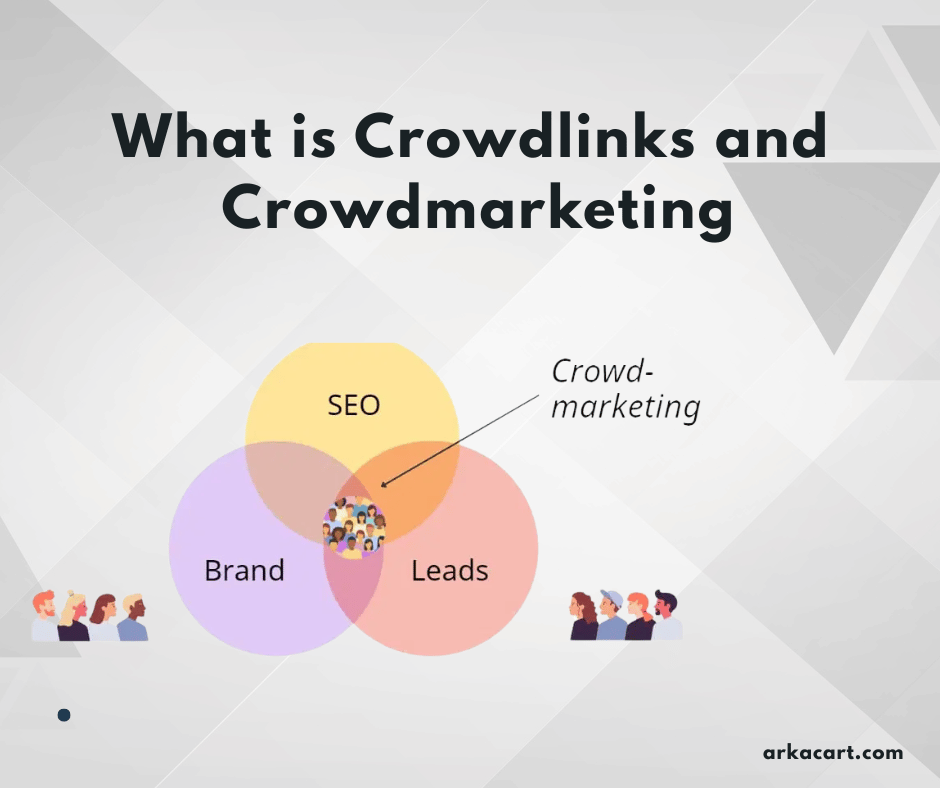Most common mistakes for not having a digital marketing strategy
The pandemic has made the use of the Internet and new technologies evolve for 5 years. A year that has become five; both for ordinary users and for companies (small, medium and large) that the pandemic has forced them to get on the digital transformation train.
We have been talking for years about the benefits of creating a digital marketing strategy, but many times, due to A or B, companies do not finish seeing it clearly or start taking action without an integrated digital marketing plan. And doing it like that, we know it doesn’t work.
But now the time has come, you can no longer wait. The digital business part of a company configures all internal, external and customer relationship processes of the company.
A well-done digital marketing strategy will allow all companies (regardless of their size) to accelerate their marketing results to acquire and retain customers.
And what can happen if we do not decide to take that step? What if we say to carry out different digital strategies without a single and agreed direction in the company? We detail the 8 most common mistakes below:
THE 8 MOST COMMON MISTAKES FOR NOT HAVING A DIGITAL MARKETING STRATEGY
1. Fuzzy strategic objectives
If we do not have a digital plan developed, we will not have a clear strategic objective, such as: winning new customers, building lasting relationships, etc. Similarly, it will happen that they will not be aligned with the SMART objectives and therefore we will not allocate the necessary resources.
2. Ignorance of the audience
Without knowing the audience (or community that is generated in a digital environment) business opportunities can be lost. Listening to what our potential customers need gives us the opportunity to create new products and/or services.
Equally important will also be to listen to the competition.
And not only listen and measure through statistics such as Google Analytics and the statistics of social networks, but also interact in comments, through stories or direct.
Get to know our audience as if they were another member of our team.
3. Losing market share
If you don’t do it, your competition will. If you are not dedicating enough resources to digital, with an ad-hoc approach you will lose opportunities that your competition will take advantage of.
4. No value proposition
With a powerful, clear value proposition adapted to the needs of your audience, you will have the opportunity to make a difference from your competition. For this, it will be necessary to create an omnichannel content strategy.
5. Integration
It is essential that all the techniques developed in the digital environment of the company are reflected in the offline channels. Digital media works best when integrated with traditional media and vice versa.
6. Lack of resources
Without a digital marketing plan, decisions will be made without the necessary reflection and this will lead to allocating insufficient resources to the defined techniques. In addition to that it can also mean that there is no qualified staff in the team to take charge of the digital actions to be developed.
7. Waste
The other way around also happens. There are companies that are clear about the importance of digital business, but for not having it integrated into the company’s strategy, resources are allocated without rhyme or reason and without any control. Wasting resources, time and creating a bad work environment in the company.
8. Digital is advancing by leaps and bounds
Day to day does not allow companies to be focused on all the trends, new social networks or digital platforms that arise to provide us with new benefits to apply to our strategy. As technologies advance, digital platforms or social networks are outdated. Optimize, with technical knowledge and analyzing the market.
WHAT IS THE FIRST STEP TO ACHIEVE AN INTEGRATED DIGITAL TRANSFORMATION?
The first step in creating a digital marketing strategy is to be clear that it must be integrated with the general marketing strategy of the company. It is a common mistake to think that it should be thought of and done as a separate entity.
Marketing aims to achieve the sales objectives that have been set in the company and for this, different techniques and technologies (both digital and traditional) will be carried out. Marketing should be understood as “omnichannel and integrated marketing“.
Once we are clear that we have to make a digital marketing plan, the second idea that we must erase from our heads is that they have to be an extensive document full of pages. No. The plan that we carry out will be recommended to have a maximum of 5 pages, since it is essential that it be a document that we can consult in an agile way at any time and quickly, being able to extract ideas at the time of consultation. It is also important that anyone in the department (or person in charge of the area) can understand it with a quick read.
Therefore, the marketing plan should be a concise document detailing each technique (and detailed tactics) in line with the SMART goals.
We hope that the post has been helpful to you. If you need more information, do not hesitate to leave us a comment. We will be happy to help you.



